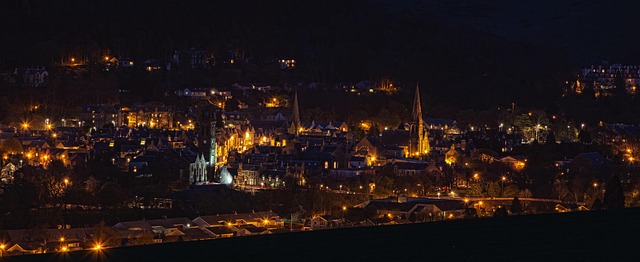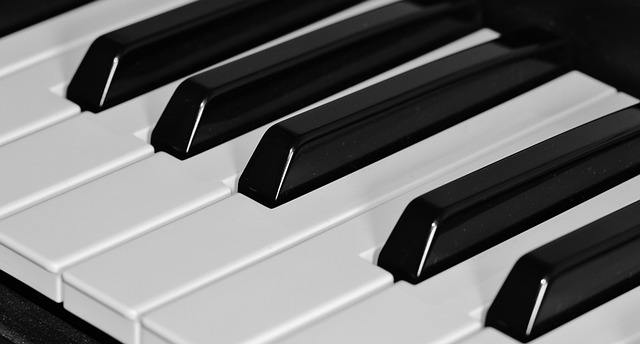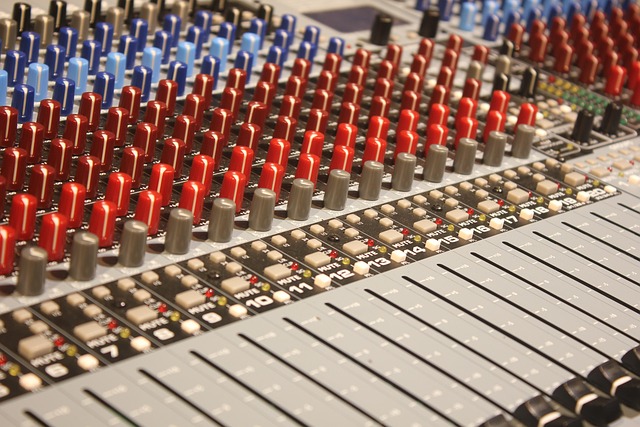Unlocking the Power of Dynamic Range in Audio Recording
When we speak of dynamic range in audio recording, we open the door to a world where every note, whisper, and explosion in sound finds its place in a richly woven tapestry of auditory experiences. Whether you’re watching your favorite film in a specially designed cinema room or listening to your most cherished music through a home cinema system, understanding dynamic range can elevate your experience to new heights.
What is Dynamic Range?
Dynamic range is defined as the difference between the quietest and loudest sounds in a recording. It is the emotional heartbeat of audio. Imagine watching a gripping movie where the softest whisper of the protagonist can be heard, creating intimacy and suspense, only to be followed by a thunderous climax that rattles your home cinema room. This captivating interplay is made possible through the mastery of dynamic range.
The Impact of Dynamic Range on Audio Quality
In audio recording, a broader dynamic range allows for greater nuance. It provides artists and producers the flexibility to express deep emotional undertones. For instance, a well-mixed track can go from the intricate, near-silent strumming of a guitar to a soaring orchestral climax without losing essence. This contrast not only captures attention but also creates a listening experience that resonates with listeners on a personal level.
Dynamic Range in Home Cinema
Home cinema enthusiasts know all too well that immersive audio is as crucial as stunning visuals. When the dynamism of sound is accurately captured, every chase scene, each heart-pounding moment becomes tangible. Dolby Atmos and other advanced sound systems thrive on delivering a wide dynamic range. The subtle sounds of footsteps echoing in a silent hallway juxtaposed against a sudden crash creates a visceral experience that draws you into the heart of the action.
Creating Your Own Dynamic Experience
For those setting up their own home cinema or audio systems, understanding dynamic range is key to achieving that perfect sound. Invest in quality speakers and receivers that can handle a high dynamic range. Calibration is also essential; adjusting volume levels to match the content ensures that your system can faithfully reproduce the intended dynamic range without distortion.
In addition, exploring the realm of high-definition audio formats such as Blu-ray audio or streaming services that offer lossless formats can provide you with recordings that maintain their dynamic integrity, allowing you to truly appreciate the depth of sound.
Dynamic Range in Video Production
It’s not just about audio when it comes to dynamic range. Video production benefits similarly from this concept. The visual equivalent of dynamic range can be seen in the brightness and contrast levels that create a stunning cinematic experience. When combined, high dynamic range audio and video transport you right into the filmmaker’s vision, enveloping you in a world where sound and sight merge seamlessly.
As you embark on your journey through audio recording, remember that the magic lies in the dynamic range. It’s a powerful tool that, when mastered, can turn an ordinary soundscape into an extraordinary one, creating moments of emotional resonance that you will cherish long after the credits have rolled.



